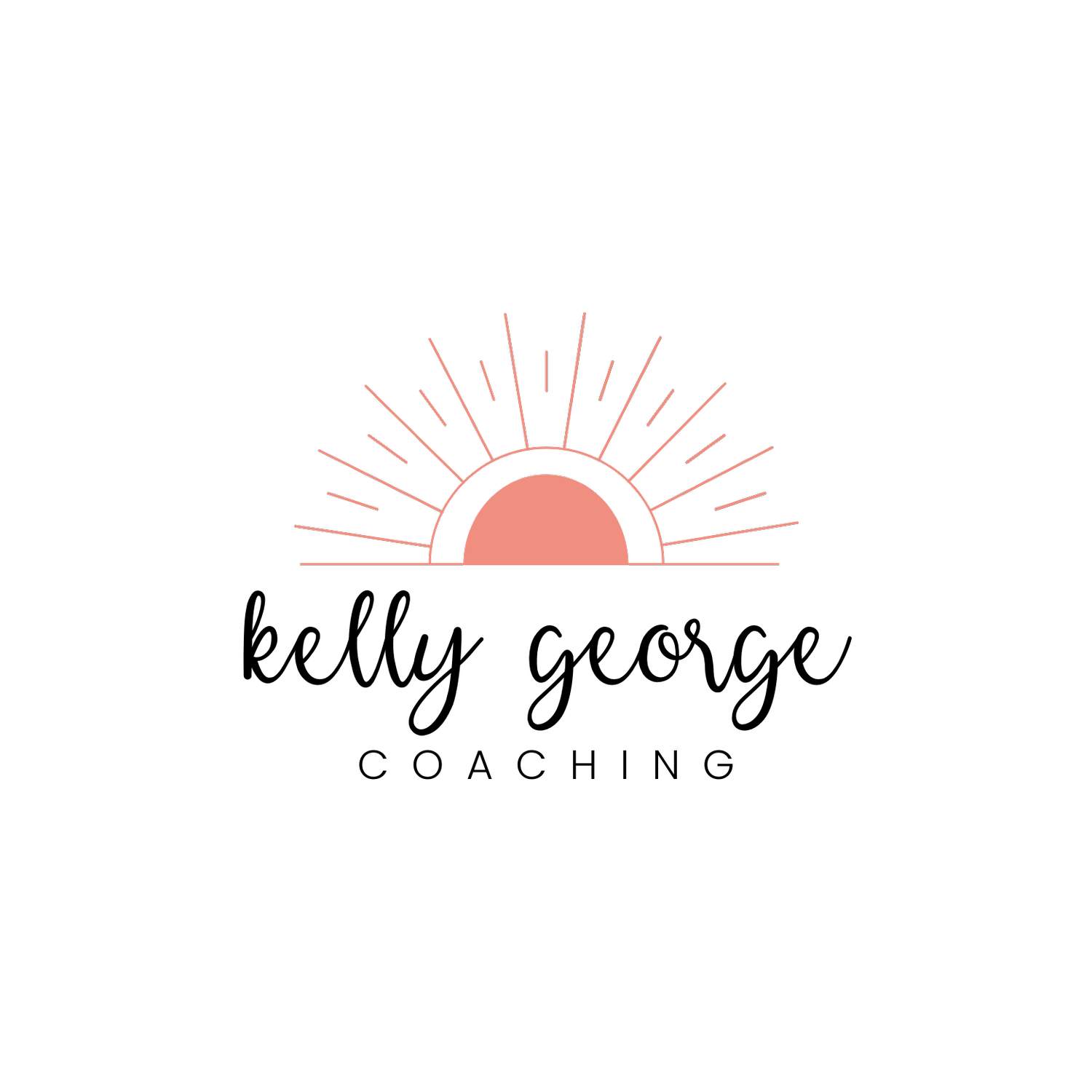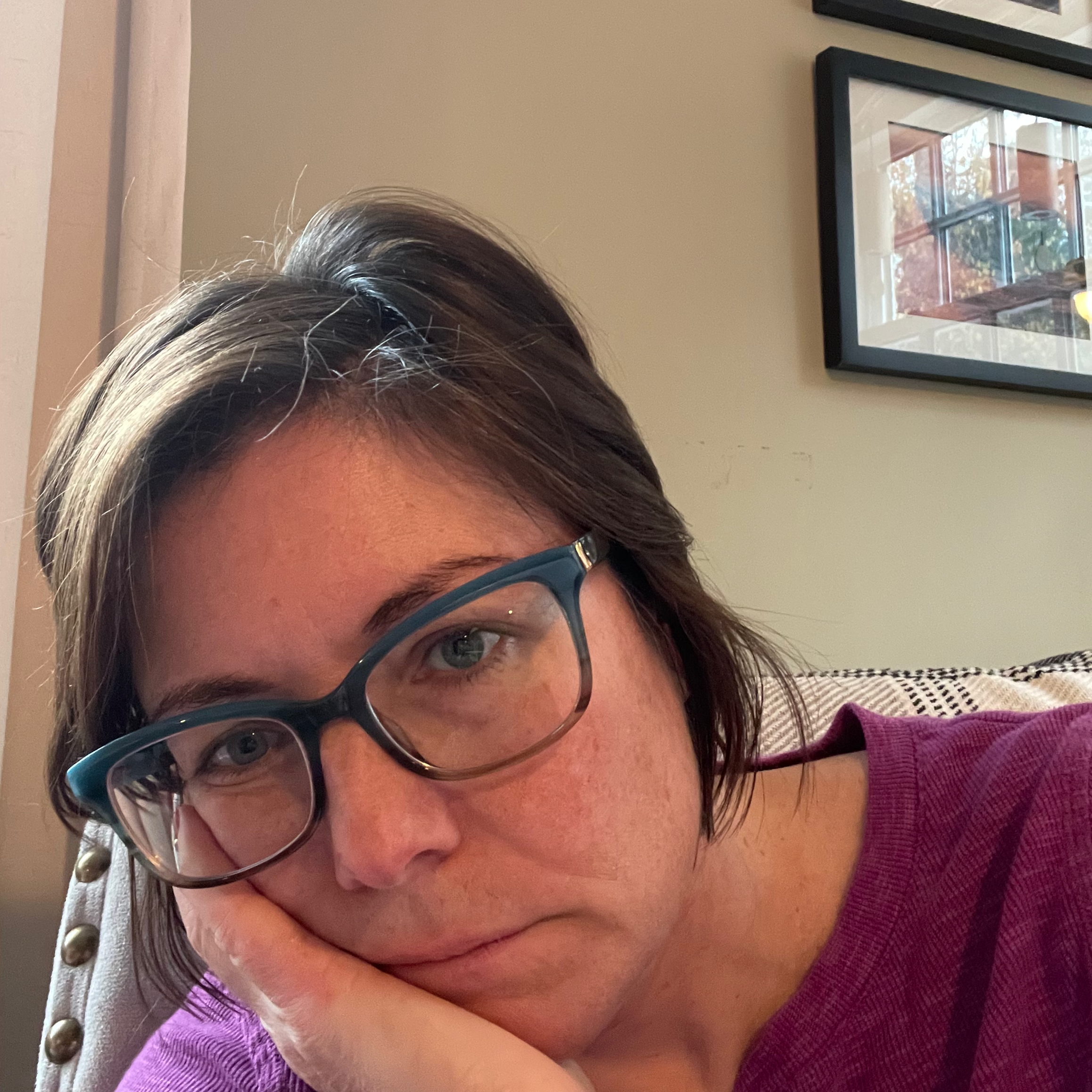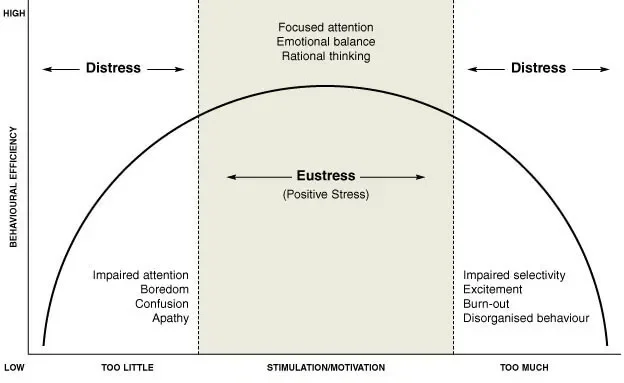Could “Positive Stress” Be What’s Missing When Life Feels Flat?
When Boredom Shows Up in Disguise
What does it look like when you’re bored?
For me, mindless scrolling is a sure sign. Or I may crave that forbidden second coffee. Sometimes boredom feels like I’m stuck in a mud pit. Other times it’s more like an all-over itch.
It may seem counterintuitive, but even when you’re busy, you may be suffering from too little stress, or more accurately, not enough “positive stress.”
How Can Stress Be Positive?
Stress can be understood as a continuum that looks like this:
We mostly hear about the “distress” that happens on the right side of the diagram. That’s the zone where too much stimulation leads to burnout.
But check out what’s happening over on the left side of the diagram. When we have too little stress, i.e. a lack of appropriate stimulation and motivation, we end up feeling bored or even apathetic. Also stressful, just in a different way.
The Goldilocks Zone: Where We Flourish
The goldilocks zone is right in the middle, and that’s what’s called eustress, or positive stress. It’s the right amount of stimulation that leaves us feeling focused and motivated. The goldilocks zone is also where we reach peak “behavioral efficacy” as the chart calls it (which I might relabel “killing it.”) This is where we experience “flow,” that elusive state I reach when I’m reorganizing my medicine cabinet—or yes, writing.[1]
Burnout and Boredom are Bad for Healing
In the chronic illness community, we talk a lot about the impact of too much stress—that “fight or flight” response that seems to inhibit healing and provoke inflammation[2]. We talk less about how the body also registers boredom as distress. When we’re experiencing illness, boredom can become a problem when the activities we used to enjoy are no longer accessible. Finding new ways to fill that gap is part of the work of living well with chronic illness, especially for those with mild or moderate symptoms.
Too Much, Too Little, and Just Right
If you have young children, you may be more likely to see the dysregulating effects of understimulation in kiddos before you see them in yourself. “MOOOOM, I’M SOOOO BORED.”
Here's a snapshot of the stress continuum in my little life.
Too much stress
Trying to cook dinner while helping my middle schooler with math homework that I myself am just no good at, while my 4th grader sings loudly over both of us. There’s too much happening at once and it feels impossible to do any of it well.
Eustress
Baking a complicated recipe that I saw on The Great British Bake Off just because I feel like a challenge. Everything else falls away, and it’s just me and the butter, sugar, flour.
Too little stress
Waiting for the pasta water to boil while the kids watch TV—it’s one of the 45,990 meals I’ll make in my lifetime. It feels unexceptional and unchallenging, but much like the laundry and the dishes, it must be done.
Rest, Recovery, and the Need for Engagement
To be clear, rest and non-doing are also key to our wellbeing. We all need downtime and recovery.
But when our life structure gives us too little opportunity for experiencing eustress, we’ve got a problem.
For example, in one study, the presence of eustress predicted lower levels of fatigue at work while the presence of distress predicted higher levels of fatigue.[3]
Stress and Eustress in Different Life Stages
I’ve seen this come up again and again in my clients, and it looks different in different life stages:
a smart, creative 20-something has an entry-level job where they fulfill their responsibilities by 10:30 a.m. each day,
a parent of school-age children has opted to leave full-time work to spend more time with family, but misses the intellectual stimulation of the office,
an executive with chronic fatigue syndrome wants to create a daily routine that balances rest with doable social activities and the pleasures of work,
a new retiree wants to create a life filled with opportunities for “flow”—art-making, learning, and more social connection.
Finding Your Own Goldilocks Zone
Positive stress isn’t about doing more. It’s about finding the kind of challenge that energizes rather than drains you.
If any of this sounds familiar, and you’re ready to tackle boredom and burnout by finding more opportunities for flow, engagement, and focus in your life, book a free discovery call with me.
References
[1] What Is Eustress? A Look at the Psychology and Benefits
[2] Psychological Stress and the Human Immune System: A Meta-Analytic Study of 30 Years of Inquiry
Inflammatory proteins are altered in chronic fatigue syndrome-A systematic review and meta-analysis
[3] Effects of Distress and Eustress on Changes in Fatigue from Waking to Working




